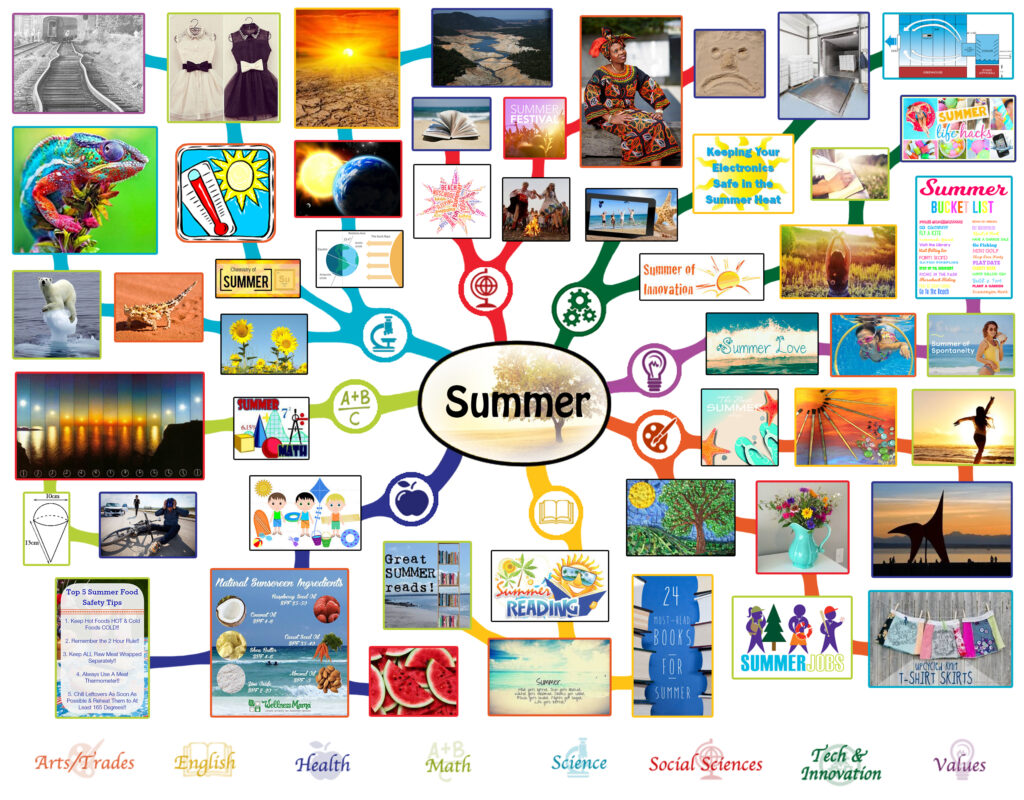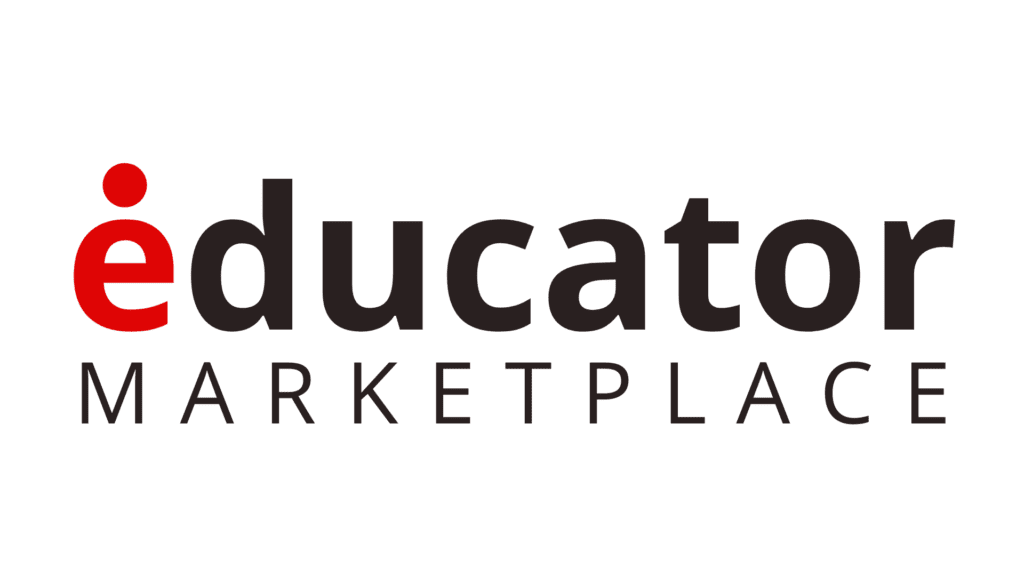Teacher Survival
Curriculum Tips: A Teacher’s Summer Survival Kit
By. Meredith Biesinger

For many teachers, curriculum planning is a fun and creative process. For others, it’s a necessary evil. Maybe you love it, hate it, or are completely confused and overwhelmed by the thought of it! No matter what, we’d probably all agree that developing any kind of curriculum is a time-consuming process that demands a great deal of thought and energy.
Summer is the perfect time to rejuvenate ourselves by spending time with friends and family and doing things we love. Summer is also a time to prepare for the upcoming school year. However, time is a precious commodity, and there never seems to be enough of it!
So, how can you create and deliver amazing lessons without completely losing your summer break?
Here are some curriculum tips to help you plan for the upcoming school year!
1. Curriculum map and outline the year.
Before you do anything, be sure to read through your state or district standards. Then create a curriculum map or guide that outlines what you will teach and when you will teach it during the year. This outline will become your roadmap for concepts, objectives, assessments, and an organized school year! If you’re looking for a great teacher planner, The Teacher Store has a wide variety of excellent resources to help you stay organized!
2. Ask yourself, what are my goals and expectations?
3. Ask yourself, what am I seeking to accomplish by developing this curriculum?
4. Choose one content area to FOCUS on.
5. Research different types of content and use pre-made lesson plans.
Look in your library and online to find out what kind of information and resources are available for the content you’ll be teaching. Check out resources such as Reading IQ, with unlimited access to over 7,000 books, on every subject, and with guided, leveled reading options.
6. Make a list of 3-5 resources for each concept.
As you’re researching what’s already out there, make a note of your favorite resources. Then, on your curriculum outline, list three to five of your favorites for each concept.
7. Get to know your students
The more your lessons align with your students’ personalities and preferences, the more engaged your class will be!
In preparation for students with various academic levels and needs, try to find activities that utilize different learning styles. Student-directed and project-based learning activities are also fantastic methods to include in your rotation.
7. Reusable activities are a must!
Each new activity needs to be taught, and of course, that takes time. Reusing activities that your students are already familiar with will save time during the class and eliminate the extra time it takes you to find and plan new activities. Companies such as Kiwi Co. have ready-to-go projects that also align with age-specific curriculum.
8) Progress Over Perfection
Developing a curriculum is a continual process. It is a trial and error process, right? What works well for one group of students may fail with another. There’s a saying that one school year is never like another school year. Students change, and the curriculum varies too. In 2020, we were all teaching from our living rooms due to a global pandemic! However, there is always one constant, and that’s YOU.
Students know when a teacher cares about them and about the material they’re teaching. Do your best in developing the curriculum with the time, resources, and energy you have available to you. I promise it will come together, and the more you engage in the process, the easier and faster it will become!
We’re here for you. Check out all our incredible discounts on curriculum and resources currently being offered to help you and your students SUCCEED!



